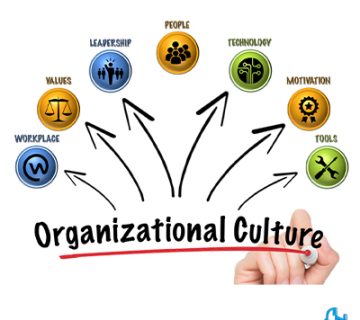
Have you set a goal to increase business agility?
Introduction
Business agility has become a buzzword these days that appears almost everywhere, including conferences, books, and in the title of new certifications. For employees working in an IT organization and further away from Scrum teams, business agility usually means implementing an agile process within a team within their business unit; for example, HR, Finance, logistics, marketing, etc.
Scrum team
Scrum is an agile framework used to optimize risk prediction and control. Agile includes the principles and values that the Scrum team is responsible for implementing.
Although the agility of a department’s processes can be a good and valuable idea; But agility in business is more than that and much more complex. Business agility means that an entire organization is fully equipped to react to market changes, meet customer needs, or other factors affecting the business.
It is very good to have independent agile teams to meet these demands, but system agility or business agility makes sense in the larger ecosystem and with the interdependence of agile teams. This means that the values and principles are alive and flowing throughout the organization. Also, the values of Scrum teams should be promoted from the team level to the organizational level.
When I started agile transformations ten years ago, I realized that agile operations were limited to an IT organization or its operations. This issue has changed significantly in recent years and these days even regular TV commercials about a product use the word agile.
Agile transformation of kata
If you are thinking about starting an agile transformation or are undergoing a major transformation, check the scope of agile in your organization. Interestingly, it is almost impossible to transform an independent department or limit agility to a specific group, because the departments have interdependencies and the transformation epidemic starts quickly. We notice this process every time we use agile kata transformation.






No views